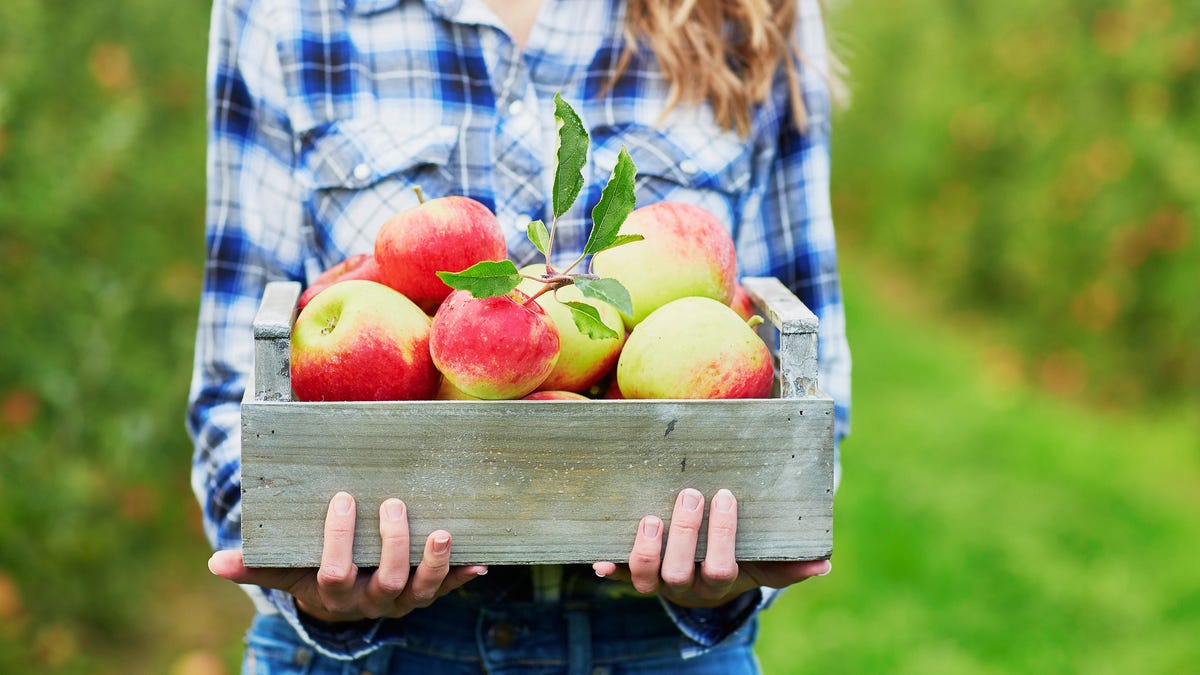Avoid 'Pick-Your-Own' Apple Orchards If Your Goal Is Saving Money
Every season has its Instagrammable moments, but some of the most coveted shots of the year can only be captured during the fall—on the one day when the leaves are at their colorful peak and the temperature has dipped...


Photo: Ekaterina Pokrovsky (Shutterstock)
Every season has its Instagrammable moments, but some of the most coveted shots of the year can only be captured during the fall—on the one day when the leaves are at their colorful peak and the temperature has dipped enough to be considered “sweater weather.” And out of all the fall activities, apple picking provides the ideal experience to document on social media: Sweeping orchard landscapes, action shots, close-ups on the shiny apples, etc.
Going through the hassle of getting yourself somewhere with an orchard, waiting in long lines, and trying to snap pictures without all the other people in the background is one thing, if you’re there for the experience of it all. But if you’re there to get your hands on some cheap apples straight from the source, you may want to rethink your weekend plans. Here’s what to know.
How to save money on local apples this fall
Because people go apple-picking for a variety of different reasons, it’s helpful to begin by thinking about what you want to get out of the day. If you want your “fall moment,” complete with hot cider, bales of hay, cider doughnuts, corn mazes—you know, the works—then by all means, go for it.
But if your goal is to save money while purchasing local produce, you’re probably better off skipping orchards with the full range of activities—because along with the apples, you’re paying for those as well (even if you don’t take advantage of them).
Find a no-frills orchard
Instead, look for an orchard without the carnival-like atmosphere, where the fact that you’re doing the labor of the picking will ending up saving (rather than costing) you money. If there isn’t one nearby, standalone roadside farm stands or farmers’ markets may be a more affordable option. And, of course, there’s always your local grocery store.
Shop around
Like so many other purchases, this is also a matter of comparison shopping. Pick an amount—like five pounds, which is roughly half a peck—and look up how much it would cost at the orchard versus the grocery store, farmers’ market, etc. to uncover the best deal.
Find the rejects
Or, if you don’t care what the apples look like (for instance, if you’re using them to bake or make applesauce), you may want to call the orchard to see if they have a “scratch and dent” section. These are filled with reject apples other customers discarded because they weren’t pretty enough, and are usually offered at substantial discounts.
If you’d like to learn more about the economics of apple-picking, this article offers are far more thorough explanation.

 Hollif
Hollif 
































